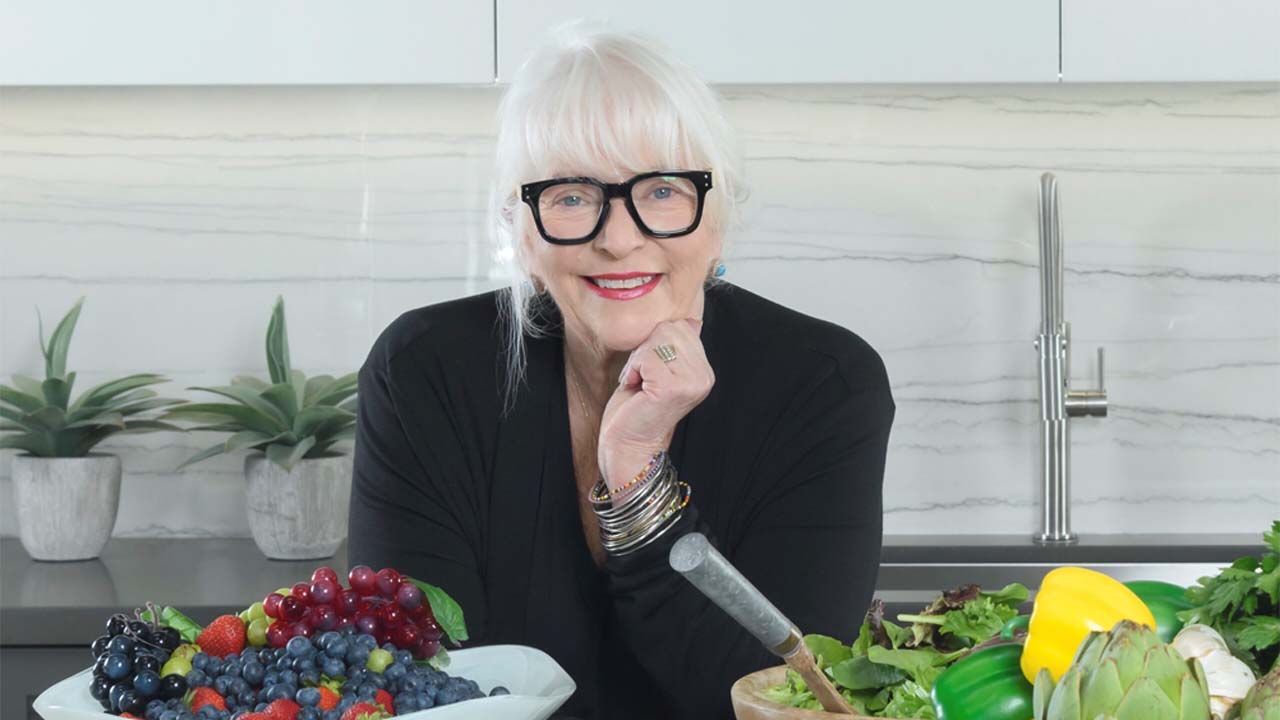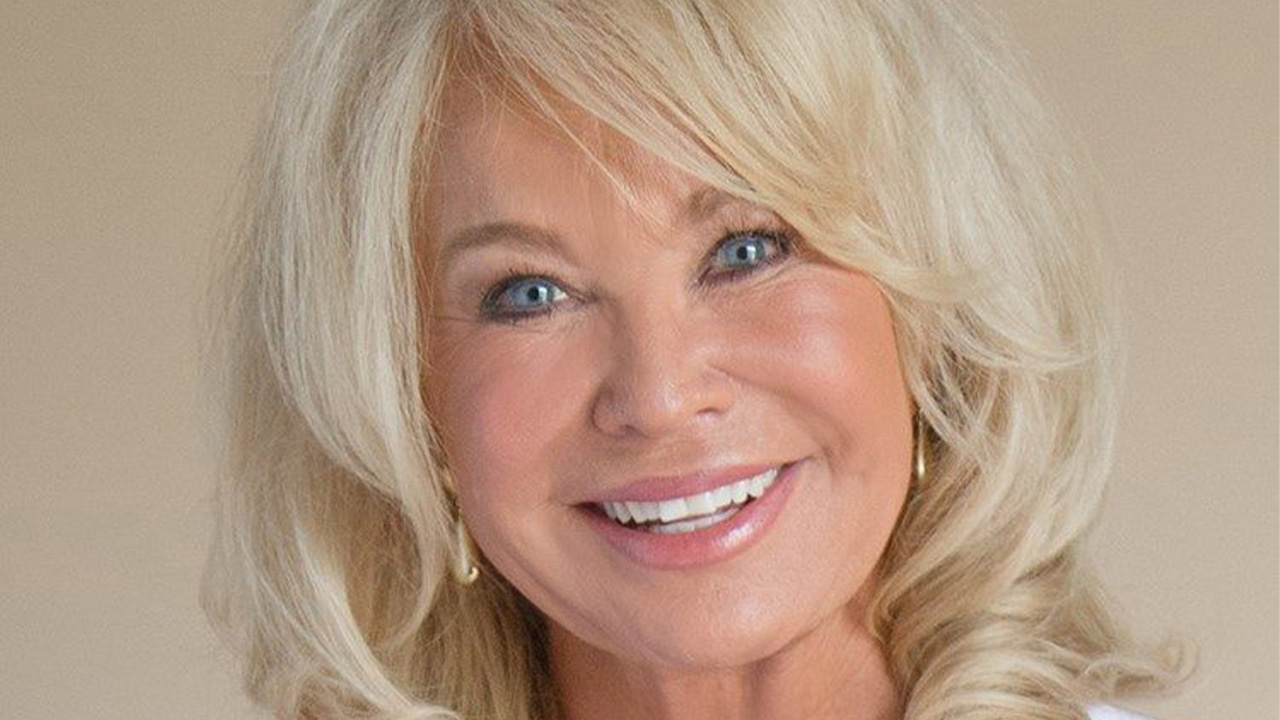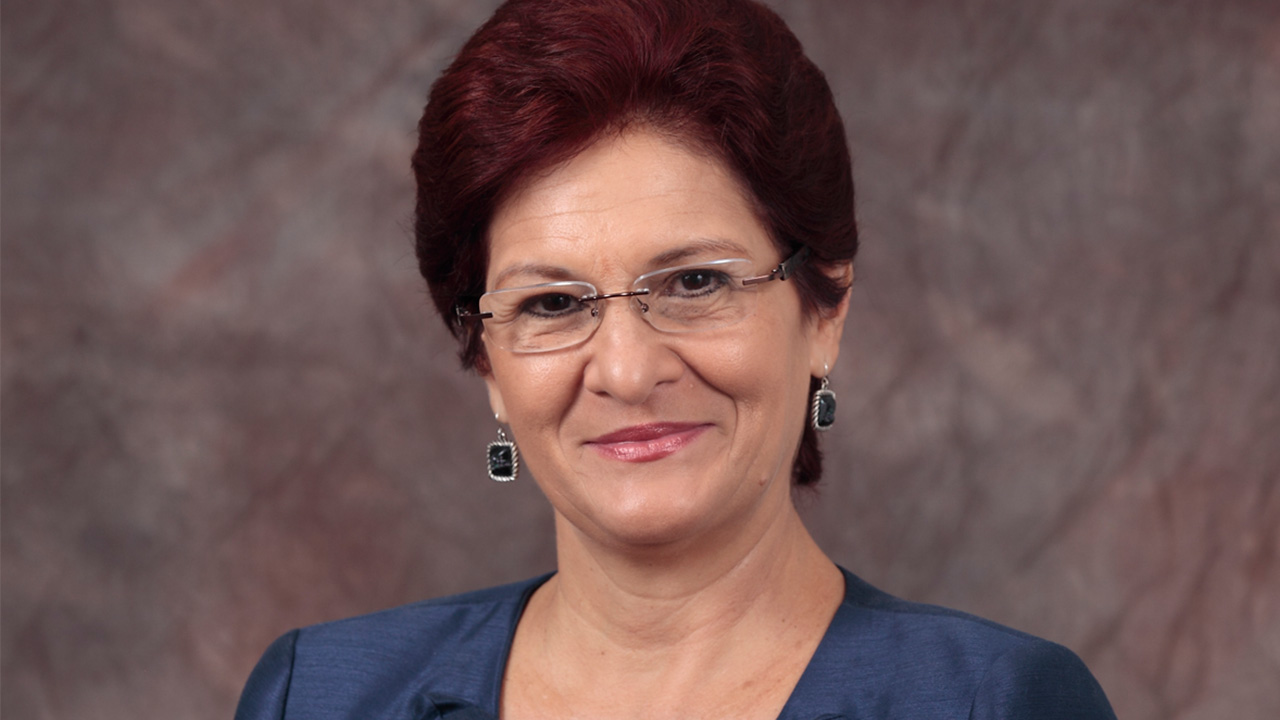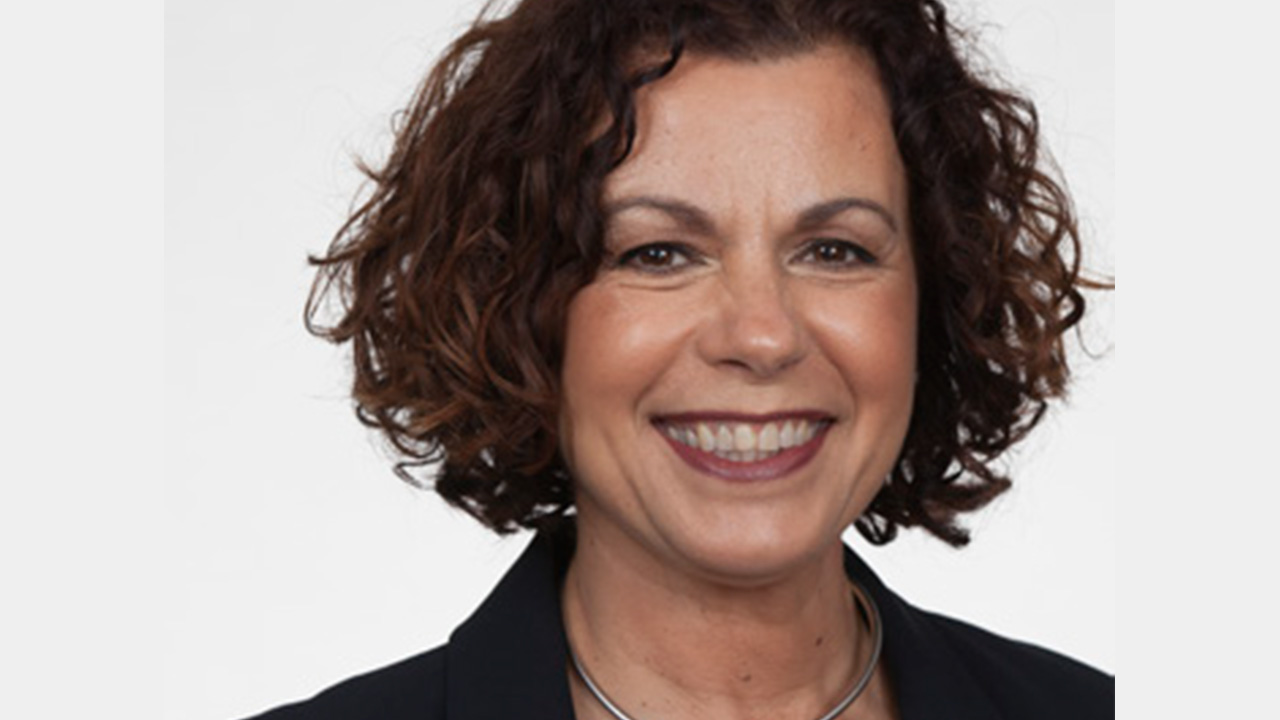Lenore Nolan-Ryan
Lenore Nolan Ryan Catering & Cooking School
Galt Ocean Plaza
3311 North Ocean Blvd,
Ft Lauderdale, FL 33308
954.491.2340
Vibrant colored pink and orange and full of Omega 3’s. You may not know a lot about this beautiful species, so let me fill you in.
Most salmon are anadromous fish, meaning they are born in freshwater rivers or streams, then journey to the sea and live in saltwater. Traveling far distances to the very same freshwater they were born into spawn.
In Southeast Alaska, I’ve seen the colored streams overflowing with spawning salmon. Their bellies up, jumping over each other while narrowly escaping a hungry bear’s reach. I’ve seen that too! Young salmon are pale and spotted, but during their adult years in the ocean, they turn a shimmering silvery blue and then a brilliant orange red while their heads become a turquoise green. These are the wild, line-caught Pacific salmon.
Pacific salmon are always wild caught, and lower in saturated fats and are the healthiest. They swim and eat, until they are caught. Fish farming is banned in Alaska, so Alaskan salmon labeled Sockeye, Coho, King and for a very short season Copper River are my favorites.
Atlantic salmon is always farm raised. Generally raised in two stages. First, the eggs are hatched and raised on land in freshwater tanks for 12-18 months, producing smolt (juvenile salmon). The smolt is then transferred to floating nets or pens in the ocean, where they are fed fish oils, proteins, minerals, and vitamins and grow for another year or two. Farmed fish can be slightly higher in omega-3 fatty acids, presumably due to the farms’ fortified feed, but also higher in contaminants and double the saturated fat content.
Atlantic or Pacific salmon, can you taste the difference, which do you prefer? Join me on Tuesday June 20th, for a 4-recipe hands-on cooking class. Star of the Show: Salmon! Mention this article and receive 10% off. For more information, contact: or 954.491.2340.









